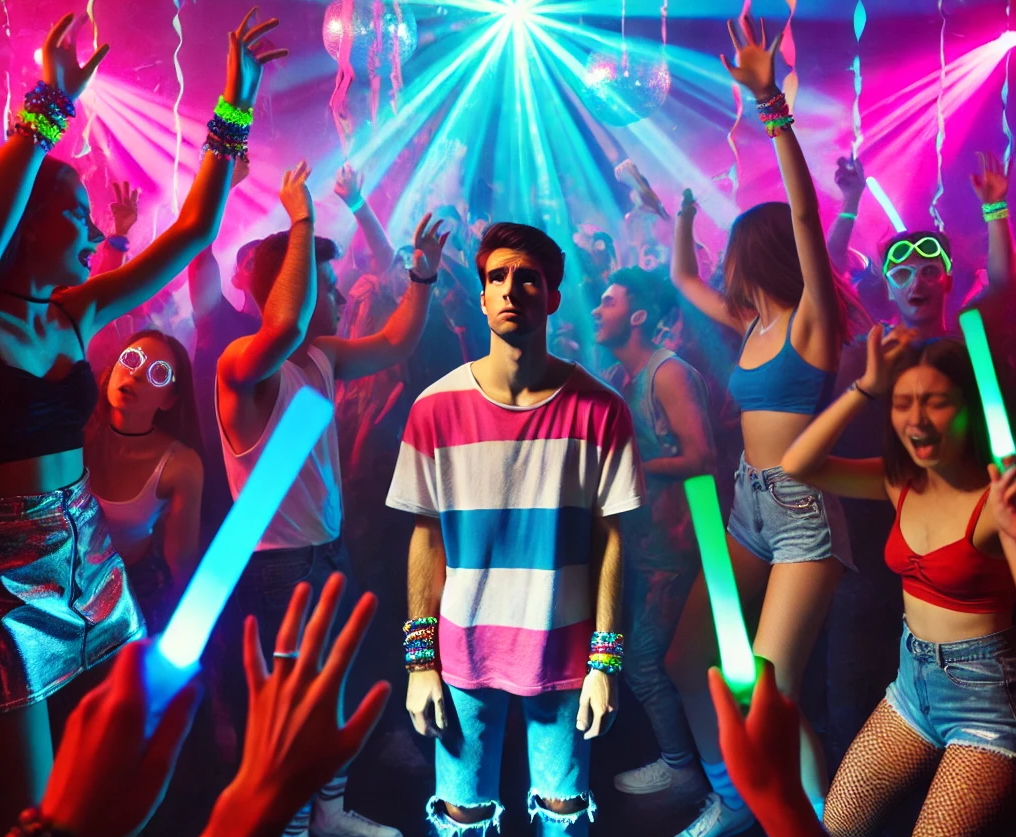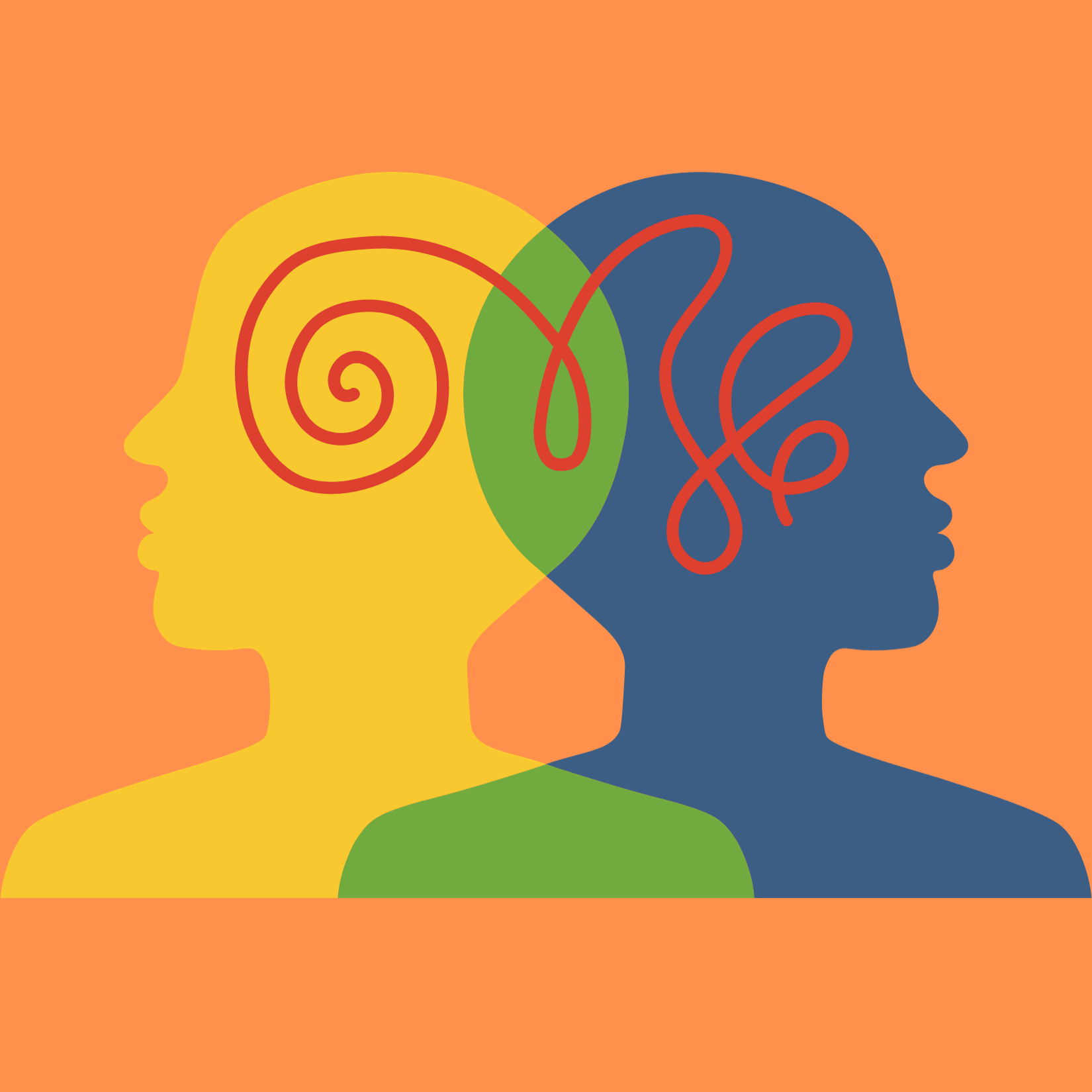How Beliefs Shape Our Perceptions of Drugs
The use of psychoactive drugs is perhaps a universal human experience dating back to prehistoric times.1 We use psychoactive drugs for a variety of reasons. Some use drugs to “get high” and to “feel good.” Many use drugs to thwart negative feelings or to decompress after an intense emotional experience. Others use them to lubricate social interactions, to assist with creative thinking, or to boost performance. And some use drugs because it’s the social norm — they use them to be accepted as part of the tribe.
Social Acceptability
Whether or not a drug is socially acceptable is determined by culture, not pharmacology. That is to say, the effects and sensations that a drug produces are not an important factor with regard to its social acceptability. Rather, it is the cultural perceptions and beliefs of society broadly or a social group that determine whether, when, and under what circumstances a drug is acceptable to use. For example, alcohol use is socially acceptable in most cultures but not in all situations (e.g. at work, before driving a motor vehicle). Heroin use is not socially acceptable in most cultures, but pharmacologically similar opioids, like morphine, are socially acceptable when used to treat pain and under medical supervision. Caffeine(a stimulant) is socially acceptable in many cultures in nearly all situations, but chewing coca leaves (which contain cocaine, another stimulant) is not.

And the social acceptability of a substance can change with time. Tobacco (nicotine) use was previously socially acceptable in many cultures and could be consumed without situational limitations. Today, tobacco use is socially frowned upon, and there are significant situational limitations to its use (both through laws and cultural norms). Cannabis(cannabinoids) use was socially unacceptable in many cultures, but today is widely seen as acceptable for medical purposes. Indeed, many now feel it is acceptable to consume cannabis simply because it makes the user feel “good.”
Expectations and Perceptions
How we experience the effects of a drug is strongly influenced by our expectations. Our expectations, and not just the pharmacology of a drug, create the sensations we feel when consuming the substance. There is a growing body of evidence that our beliefs about a drug markedly alter our response. Both the placebo effect (positive effects) and the nocebo effect (negative effects) are the result of our expectations.2 These expectations lead to both physiological changes and psychological perceptions. Our belief in a medication amplifies its positive pharmacological effects and willingness to take it. Antihypertensive therapy reduces blood pressure more in those who believe it will be effective. And, conversely, people who believe they will experience side effects from an antihypertensive medication are more likely to report side effects. These effects are not merely “in your head.” The biological response to a drug is altered by our expectations, too.
Context, beliefs, and expectations have a tremendous influence on what we experience and how we perceive the sensations created by stimuli. Thus, how we respond to and experience a substance, like alcohol, morphine, or cannabis, is influenced by the messages we receive from the people and media around us. A person who is told that Ecstasy/Molly(MDMA or 3,4-methylenedioxy methamphetamine) will heighten their sensory perceptions will likely notice those effects and, if they voluntarily consume it, perceive them as pleasant.3 Alternatively, a person who believes MDMA is dangerous and was warned that people “freak out” after taking it is more likely to experience anxiety, paranoia, and memory loss. And these negative effects would be amplified if the drug was not consumed voluntarily.

To illustrate this concept, consider how you feel when someone you love and trust touches you. Perhaps caresses your arm. Or touches your cheek. Or kisses you. Most of us would perceive these sensations as pleasant and enjoyable. If we are sexually attracted to the person, we might signal that we want more physical contact! If, instead, it was a stranger sitting next to you on a bus, perhaps someone who appeared disheveled, who touched you, caressed your arm, touched your cheek, or kissed you, your perceptions of the encounter would be entirely different. The very same physical sensations but in a different context would likely be perceived quite negatively. Based on your cultural norms and beliefs, you might feel disgusted or assaulted.
Pharmacology Is Important, But Secondary
Drug use, the sensations we experience, and our perceptions about its acceptability are largely determined by social and cultural influences. The physiologic / biologic / pharmacologic effects of a psychoactive substance are secondary factors. This likely explains why substance use disorders and addictions are so complex in terms of causes and treatment. It is not simply about chemistry or physiology.
The pharmacologic properties of a substance, of course, matter. Some drugs have more addictive potential than others because they promote greater or more rapid dopamine release. Larger doses and higher potency drugs will produce greater effects that last longer and, if too large, result in overdose and potentially death. The route of administration makes a difference, too – inhaling, snorting, and injecting drugs results in a much quicker onset of effect. Repeated use downregulates receptors, leading to withdrawal and negative sensations in the absence of the substance. Dependence and withdrawal are physiologic. So, we can’t ignore pharmacology; it’s part of the equation.
Addiction, however, is fueled by many other factors, including deeply rooted, often unconscious, beliefs. We all have expectations of how we might or should feel when taking a psychoactive substance, and those expectations shape what we experience.4 And expectations determine whether those sensations are interpreted as pleasant and satisfying or, alternatively, unwelcomed and negative.
Stigma is rooted in beliefs and judgments about what is “right” or “appropriate” or “acceptable.” They are instilled into us and influenced by people in our social circle and cultural norms. As health professionals, our understanding of the world should be informed by science – empirical evidence. While we can not divorce ourselves from the society and culture in which we live, we can question assumptions and beliefs. We can consider whether these judgments and beliefs positively serve us. Or whether they have (unintended) negative consequences. While drugs have chemical properties that influence biological systems, judgments are human inventions that can be reconsidered and changed.
References
- Durrant R, Thaker J. Substance use and abuse: Cultural and Historical Perspectives. Thousand Oaks, CA: Sage Publishing, 2003.
- Haines ST. Pills and potions: mindsets influence our thoughts, behaviors and physiologic responses to medications. J Am Coll Clin Pharm 2022; 5 (10): 1024-26.
- Askew R. Functional fun: Legitimising adult reactional drug use. Intern J Drug Policy 2016; 36 (1): 112-119.
- Pereira M, Carrington K. Irrational addicts, and responsible pleasure seekers: Constructs of the drug user. Critical Criminology 2016; 24 (3): 379-389.
